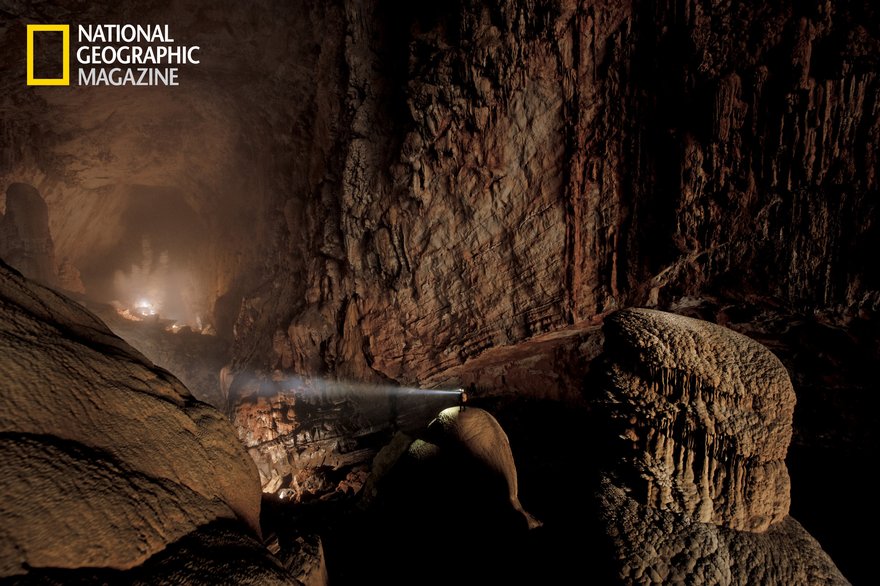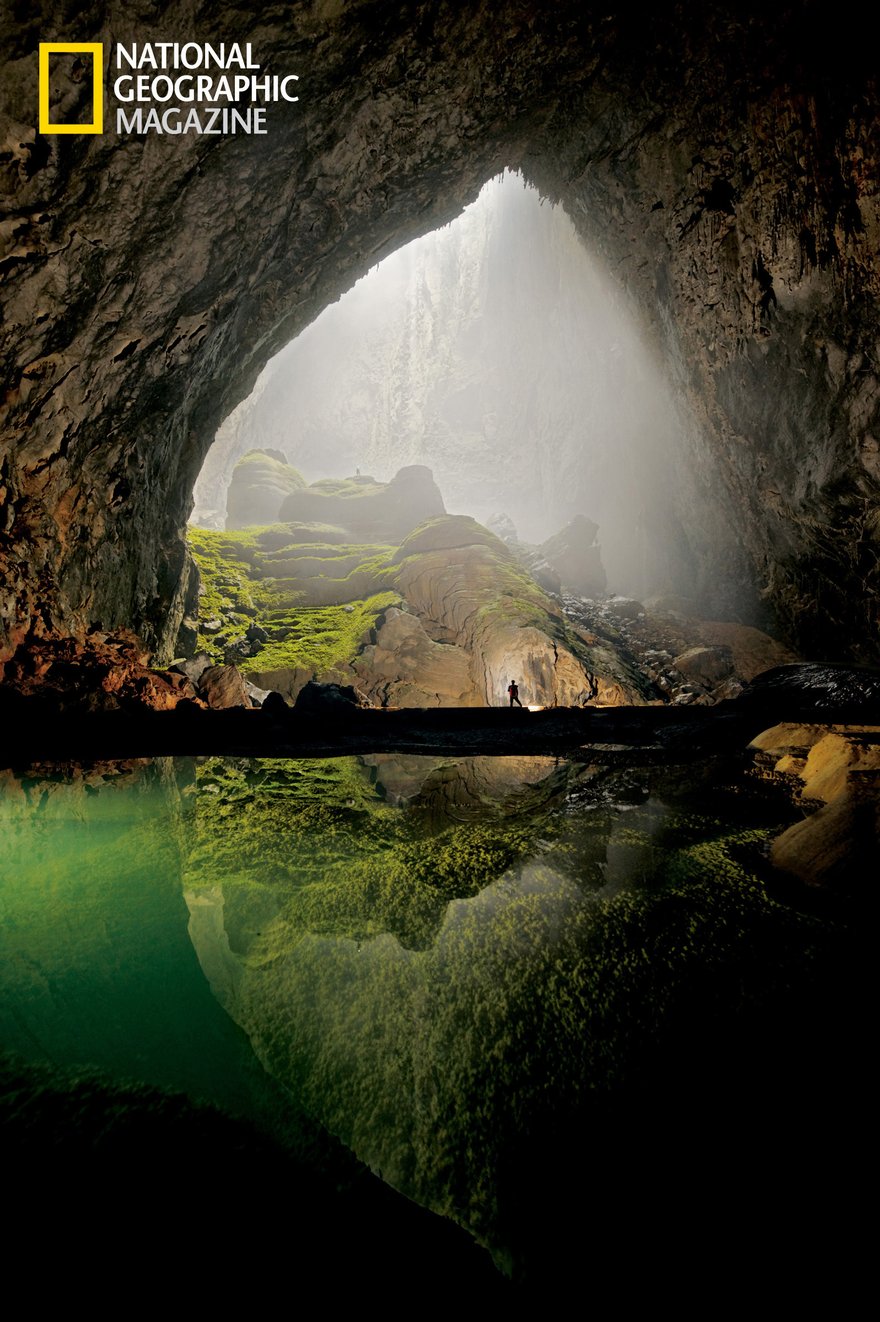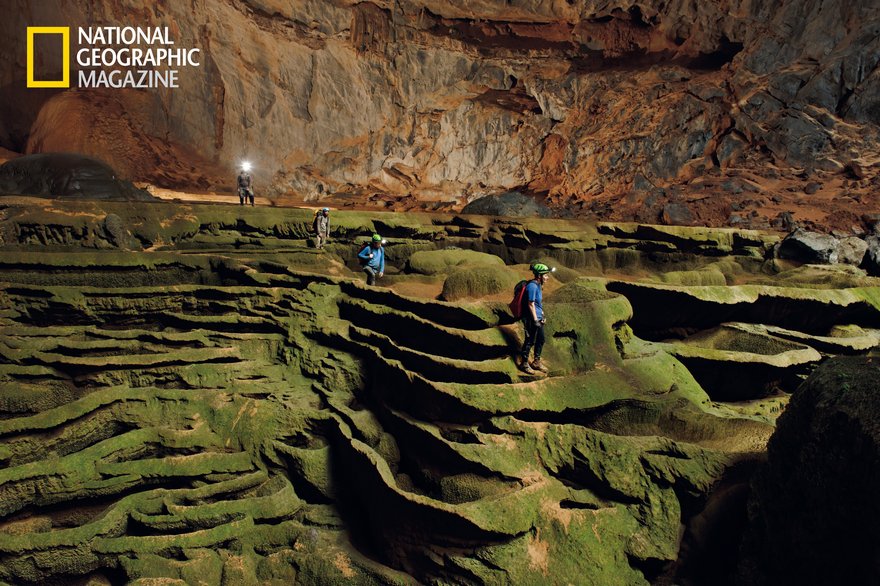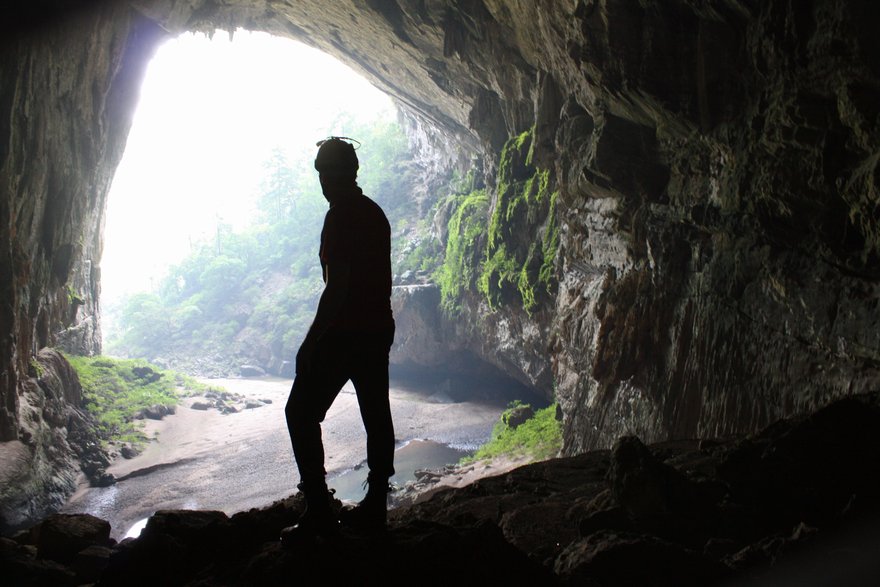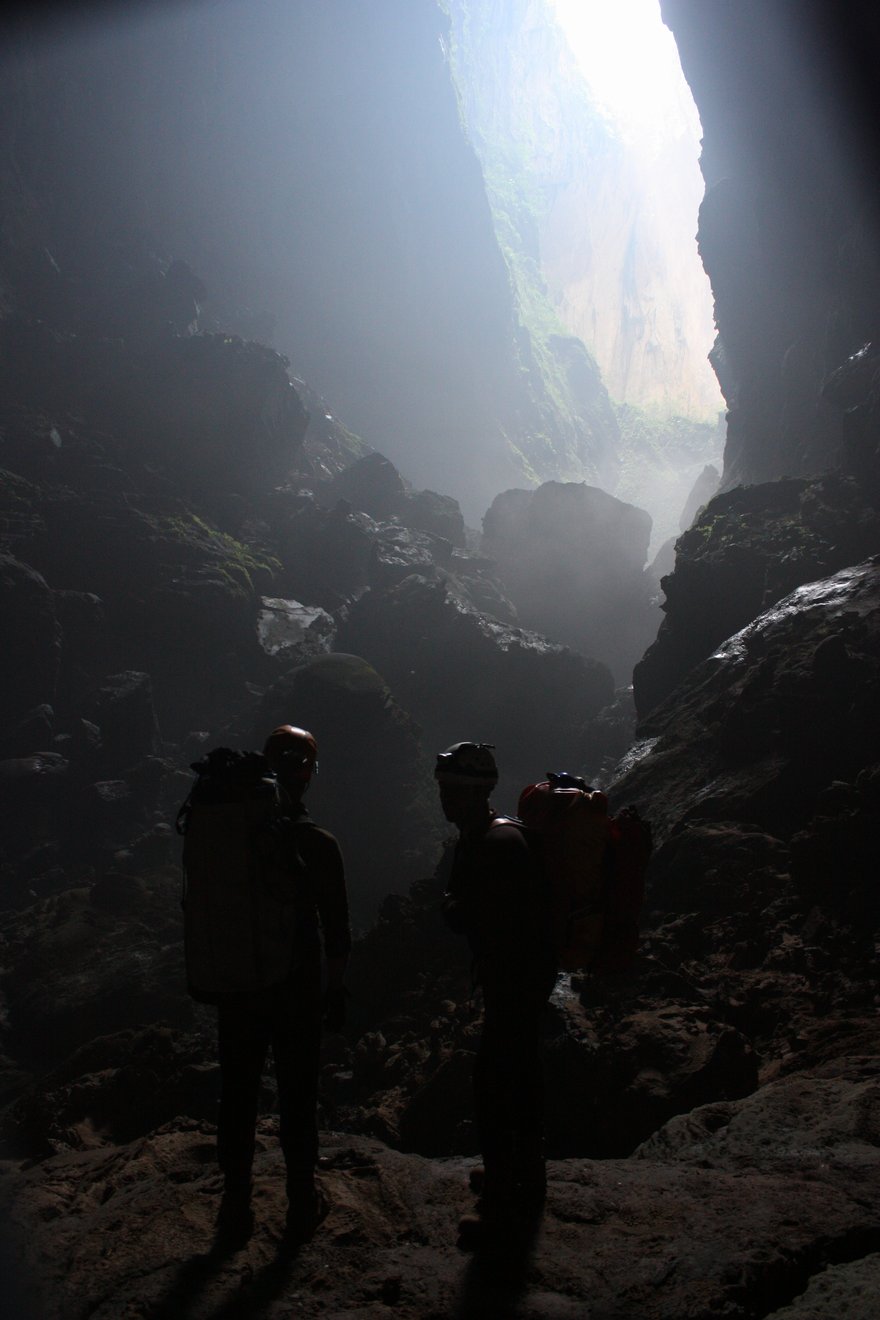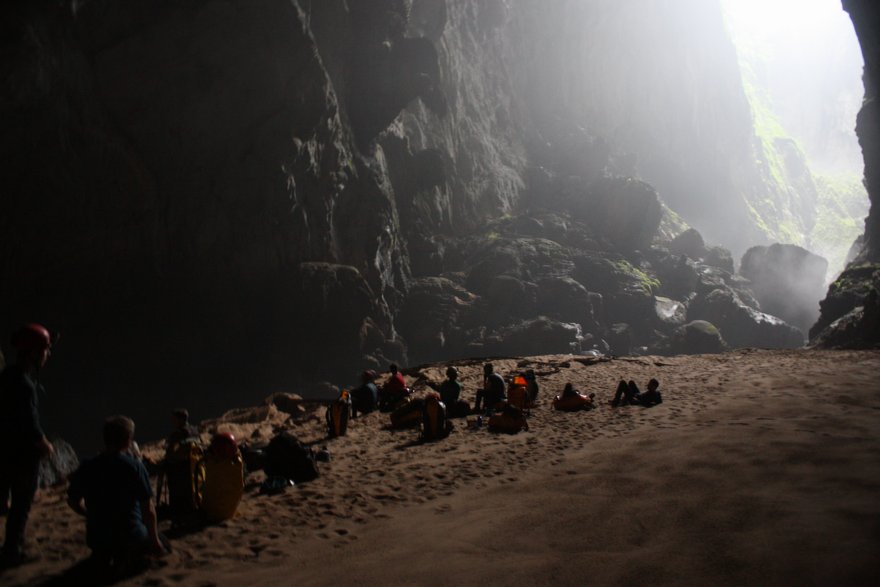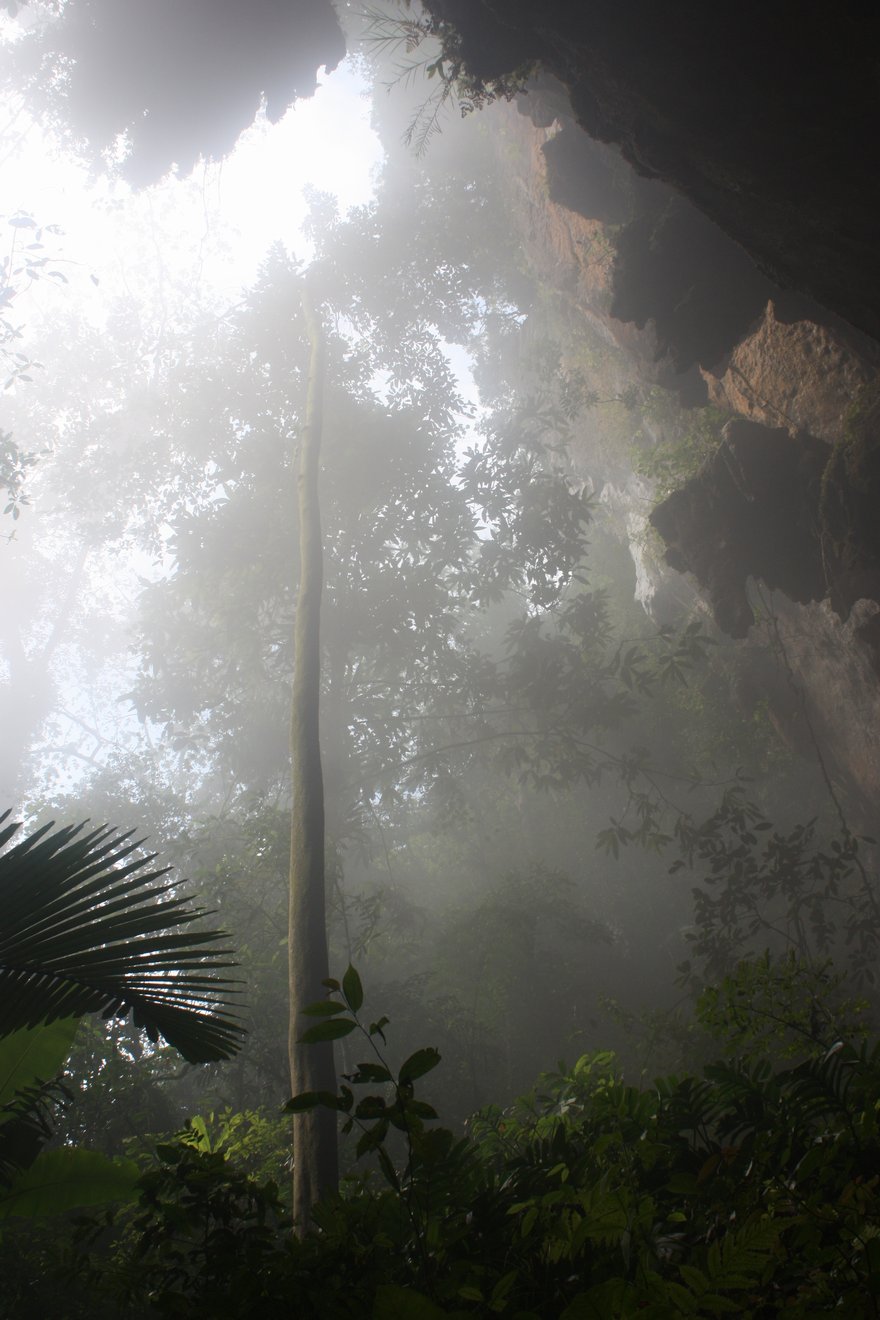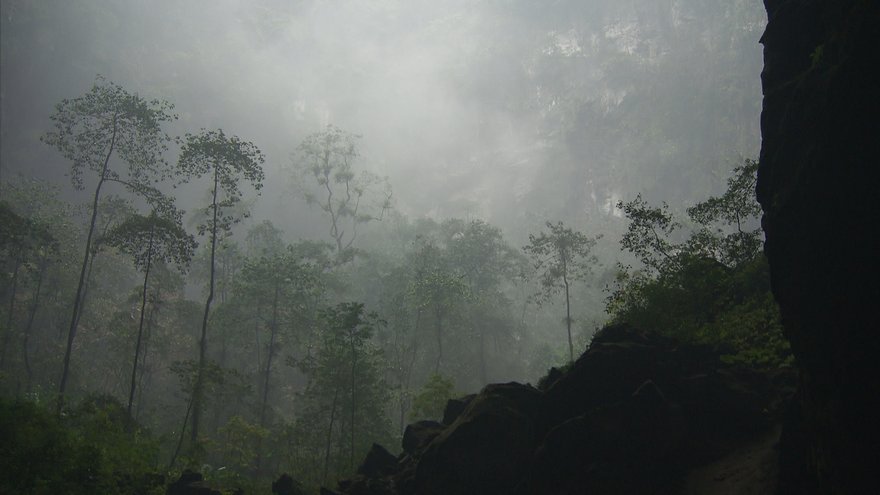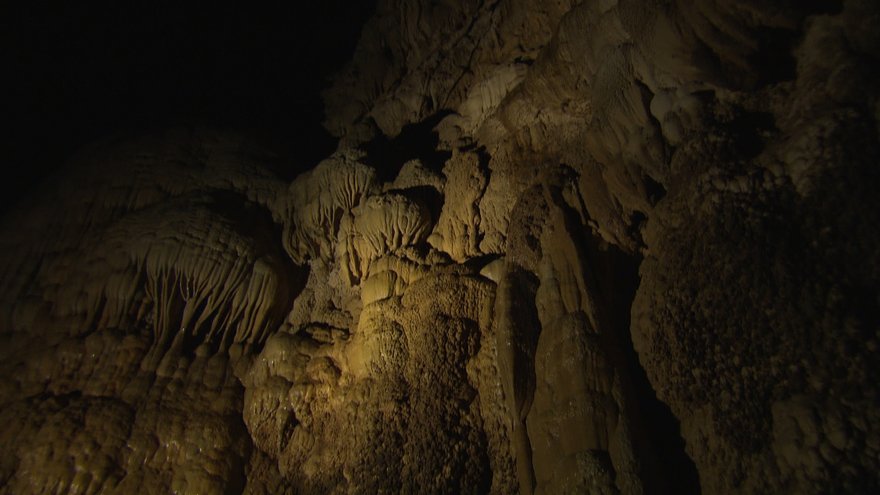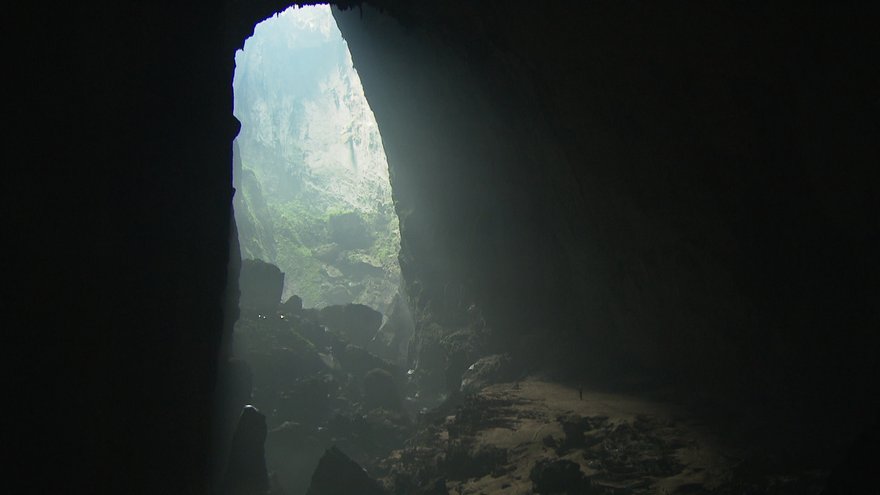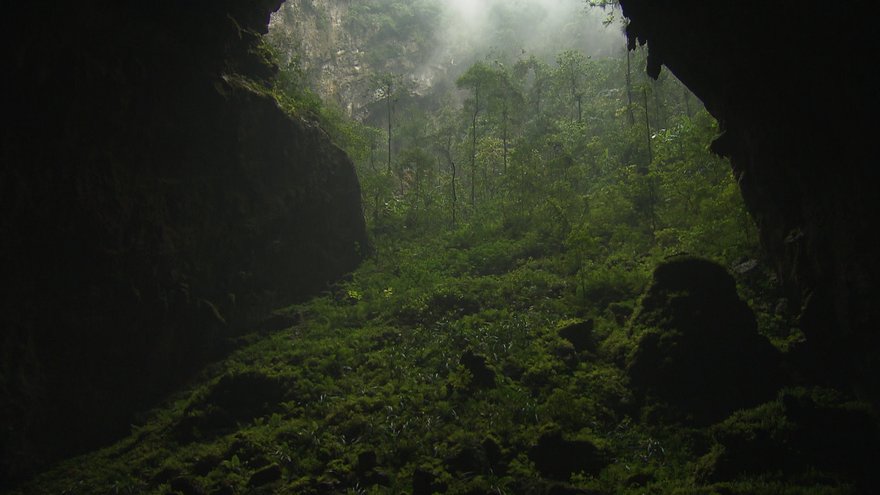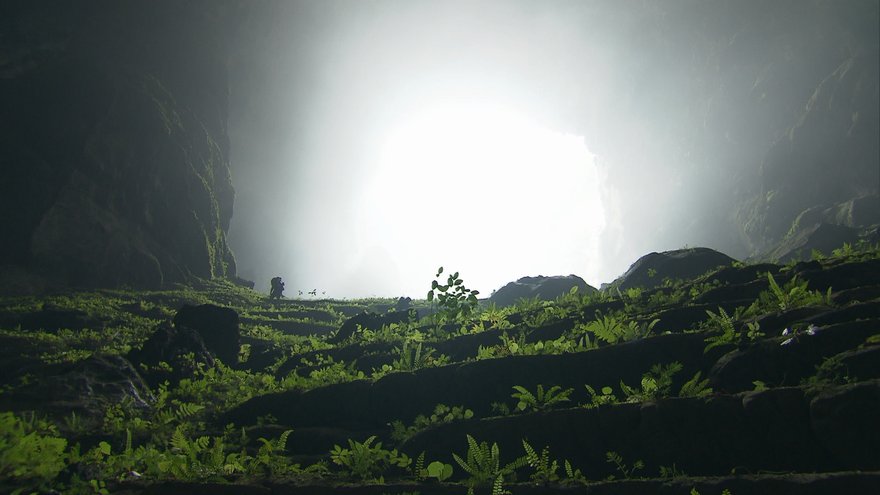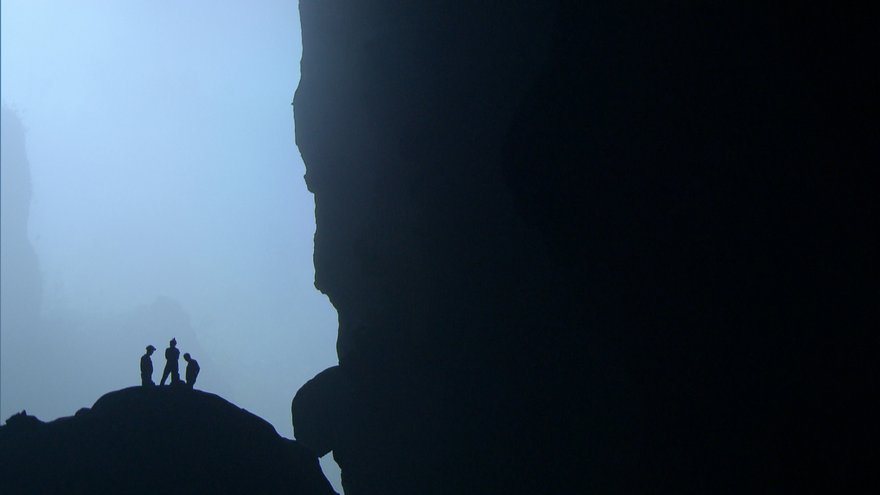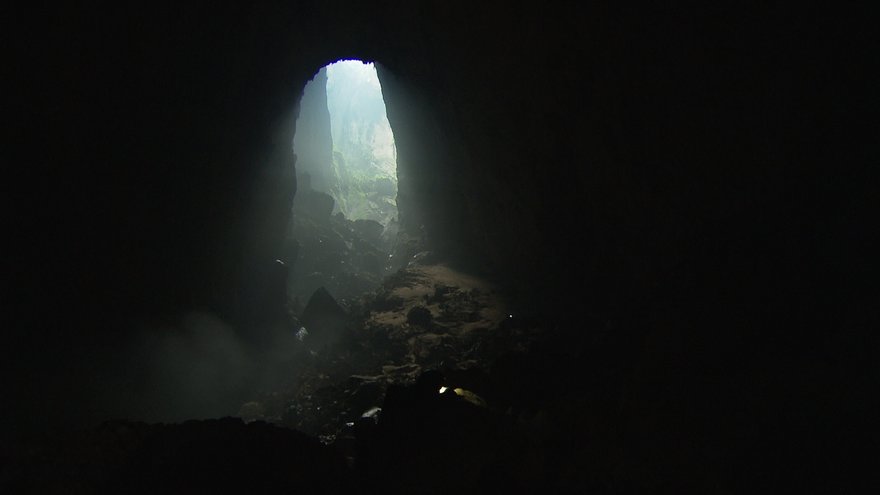- Friendly fire - isn't.
- Recoilless rifles - aren't.
- Suppressive fires - won't.
- You are not Superman; Marines and fighter pilots take note.
- A sucking chest wound is Nature's way of telling you to slow down.
- If it's stupid but it works, it isn't stupid.
- Try to look unimportant; the enemy may be low on ammo and not want to waste a bullet on you.
- If at first you don't succeed, call in an air strike.
- If you are forward of your position, your artillery will fall short.
- Never share a foxhole with anyone braver than yourself.
- Never go to bed with anyone crazier than yourself.
- Never forget that your weapon was made by the lowest bidder.
- If your attack is going really well, it's an ambush.
- The enemy diversion you're ignoring is their main attack.
- The enemy invariably attacks on two occasions:
when they're ready.
when you're not. - No OPLAN ever survives initial contact.
- There is no such thing as a perfect plan.
- Five second fuses always burn three seconds.
- There is no such thing as an atheist in a foxhole.
- A retreating enemy is probably just falling back and regrouping.
The Ol' Ranger's addendum:
Or else they're trying to suck you into a serious ambush! - The important things are always simple; the simple are always hard.
- The easy way is always mined.
- Teamwork is essential; it gives the enemy other people to shoot at.
- Don't look conspicuous; it draws fire. For this reason, it is not at all uncommon for aircraft carriers to be known as bomb magnets.
- Never draw fire; it irritates everyone around you.
- If you are short of everything but the enemy, you are in the combat zone.
- When you have secured the area, make sure the enemy knows it too.
- Incoming fire has the right of way.
- No combat ready unit has ever passed inspection.
- No inspection ready unit has ever passed combat.
- If the enemy is within range, so are you.
- The only thing more accurate than incoming enemy fire is incoming friendly fire.
- Things which must be shipped together as a set, aren't.
- Things that must work together, can't be carried to the field that way.
- Radios will fail as soon as you need fire support.
- Radar tends to fail at night and in bad weather, and especially during both.)
- Anything you do can get you killed, including nothing.
- Make it too tough for the enemy to get in, and you won't be able to get out.
- Tracers work both ways.
- If you take more than your fair share of objectives, you will get more than your fair share of objectives to take.
- When both sides are convinced they're about to lose, they're both right.
- Professional soldiers are predictable; the world is full of dangerous amateurs.
- Military Intelligence is a contradiction.
- Fortify your front; you'll get your rear shot up.
- Weather ain't neutral.
- If you can't remember, the Claymore is pointed toward you.
- Air defense motto: shoot 'em down; sort 'em out on the ground.
- 'Flies high, it dies; low and slow, it'll go.
- The Cavalry doesn't always come to the rescue.
- Napalm is an area support weapon.
- Mines are equal opportunity weapons.
- B-52s are the ultimate close support weapon.
- Sniper's motto: reach out and touch someone.
- Killing for peace is like screwing for virginity.
- The one item you need is always in short supply.
- Interchangeable parts aren't.
- It's not the one with your name on it; it's the one addressed "to whom it may concern" you've got to think about.
- When in doubt, empty your magazine.
- The side with the simplest uniforms wins.
- Combat will occur on the ground between two adjoining maps.
- If the Platoon Sergeant can see you, so can the enemy.
- Never stand when you can sit, never sit when you can lie down, never stay awake when you can sleep.
- The most dangerous thing in the world is a Second Lieutenant with a map and a compass.
- Exceptions prove the rule, and destroy the battle plan.
- Everything always works in your HQ, everything always fails in the Colonel's HQ.
- The enemy never watches until you make a mistake.
- One enemy soldier is never enough, but two is entirely too many.
- A clean (and dry) set of BDU's is a magnet for mud and rain.
- The worse the weather, the more you are required to be out in it.
- Whenever you have plenty of ammo, you never miss. Whenever you are low on ammo, you can't hit the broad side of a barn.
- The more a weapon costs, the farther you will have to send it away to be repaired.
- The complexity of a weapon is inversely proportional to the IQ of the weapon's operator.
- Field experience is something you don't get until just after you need it.
- No matter which way you have to march, its always uphill.
- If enough data is collected, a board of inquiry can prove anything.
- For every action, there is an equal and opposite criticism. (in boot camp)
- Air strikes always overshoot the target, artillery always falls short.
- When reviewing the radio frequencies that you just wrote down, the most important ones are always illegible.
- Those who hesitate under fire usually do not end up KIA or WIA.
- The tough part about being an officer is that the troops don't know what they want, but they know for certain what they don't want.
- To steal information from a person is called plagiarism. To steal information from the enemy is called gathering intelligence.
- The weapon that usually jams when you need it the most is the M60.
- The perfect officer for the job will transfer in the day after that billet is filled by someone else.
- When you have sufficient supplies & ammo, the enemy takes 2 weeks to attack. When you are low on supplies & ammo the enemy decides to attack that night.
- The newest and least experienced soldier will usually win the Medal of Honor.
- A Purple Heart just proves that were you smart enough to think of a plan, stupid enough to try it, and lucky enough to survive.
- Murphy was a grunt.
- Beer Math: 2 beers times 37 men equals 49 cases.
- Body count Math: 3 guerrillas plus 1 probable plus 2 pigs equals 37 enemies killed in action.
- The bursting radius of a hand grenade is always one foot greater than your jumping range.
- All-weather close air support doesn't work in bad weather.
- The combat worth of a unit is inversely proportional to the smartness of its outfit and appearance.
- The crucial round is a dud.
- Every command which can be misunderstood, will be.
- There is no such place as a convenient foxhole.
- Don't ever be the first, don't ever be the last and don't ever volunteer to do anything.
- If your positions are firmly set and you are prepared to take the enemy assault on, he will bypass you.
- If your ambush is properly set, the enemy won't walk into it.
- If your flank march is going well, the enemy expects you to outflank him.
- Density of fire increases proportionally to the curiousness of the target.
- Odd objects attract fire - never lurk behind one.
- The more stupid the leader is, the more important missions he is ordered to carry out.
- The self-importance of a superior is inversely proportional to his position in the hierarchy (as is his deviousness and mischievousness).
- There is always a way, and it usually doesn't work.
- Success occurs when no one is looking, failure occurs when the General is watching.
- The enemy never monitors your radio frequency until you broadcast on an unsecured channel.
- Whenever you drop your equipment in a fire-fight, your ammo and grenades always fall the farthest away, and your canteen always lands at your feet.
- As soon as you are served hot chow in the field, it rains.
- Never tell the Platoon Sergeant you have nothing to do.
- The seriousness of a wound (in a fire-fight) is inversely proportional to the distance to any form of cover.
- Walking point = sniper bait.
- Your bivouac for the night is the spot where you got tired of marching that day.
- If only one solution can be found for a field problem, then it is usually a stupid solution.
- No battle plan ever survives contact with the enemy.
- The most dangerous thing in the combat zone is an officer with a map.
- The problem with taking the easy way out is that the enemy has already mined it.
- The buddy system is essential to your survival; it gives the enemy somebody else to shoot at.
- If your advance is going well, you are walking into an ambush.
- The quartermaster has only two sizes, too large and too small.
- If you really need an officer in a hurry, take a nap.
- The only time suppressive fire works is when it is used on abandoned positions.
- There is nothing more satisfying that having someone take a shot at you, and miss.
- Don't be conspicuous. In the combat zone, it draws fire. Out of the combat zone, it draws sergeants.
- If see you, so can the enemy.
- All or any of the above combined.
- Avoid loud noises, there are few silent killers in a combat zone.
- Never screw over a buddy; you'll never know when he could save your life.
- Never expect any rations; the only rations that will be on time and won't be short is the ration ofshit.
- Respect all religions in a combat zone, take no chances on where you may go if killed.
- A half filled canteens a beacon for a full loaded enemy weapon.
- When in a fire fight, kill as many as you can, the one you miss may not miss tomorrow.
The last six laws were sent by Hank Samples. A Viet Nam combat veteran (70-72) 11th ACR-101st Abn. - It is a physical impossibility to carry too much ammo.
Sent by - Baseka@aol.com - If you survive an ambush, something's wrong.
Sent by - CPL Nagel - Some General last words (as his aides tried to get him to get his head down):
"What! what! men, dodging this way for single bullets! What will you do when they open fire along the whole line? I am ashamed of you. They couldn't hit an elephant at this dist..."
Sent by Yael Dragwyla
The General was General John Sedgwick, said on May 9, 1864 at the Battle of Spotsylvania.
Sent by Mike Gottert - If you can see the flashes from the enemies' guns in battle, he can see yours too.
- Flashlights, lighters and matches don't just illuminate the surrounding area; they illuminate you too.
- Just because you have nearly impenetrable body armor and a hard-ass Kevlar helmet, doesn't mean you don't have exposed areas.
- There are few times when the enemy can't hear you: When he's dead, you're dead, or both.
Addendum: When he's not there, when you're not there, or both. - Never cover a dead body with your own in hopes of looking like you're one of the casualties. Even using his cadaver is a stretch to avoid being shot "just in case."
- You're only better than your enemy if you kill him first.
The last seven laws were sent by Charlie. - Complain about the rations all you want, but just remember; they could very well be your last meal.
- Never underestimate the ability of the brass to foul things up.
- You have two mortal enemies in combat; the opposing side and your own rear services.
- You think the enemy has better artillery support and the enemy thinks yours is better; you're both right.
- Three things you will never see in combat; hot chow, hot showers, and an uninterrupted night's sleep.
- "Live" and "Hero" are mutually exclusive terms.
The last six laws were sent by Donald J. Cheek, CPT, US Army (Ret) - Gulf War vet. - Don't be a hero
Sent by Bo Zhang - Once you are in the fight it is way too late to wonder if this is a good idea.
- NEVER get into a fight without more ammunition that the other guy.
- Cover your Buddy, so he can be around to cover for you.
- Decisions made by someone over your head will seldom be in your best interest.
- Sometimes, being good and lucky still is not enough.
- If the rear echelon troops are really happy, the front line troops probably do not have what they need.
- If you are wearing body armor they will probably miss that part.
- Happiness is a belt fed weapon.
- Having all your body parts intact and functioning at the end of the day beats the alternative...
- If you are allergic to lead it is best to avoid a war zone.
- Hot garrison chow is better than hot C-rations which, in turn, are better than cold C-rations, which are better than no food at all. All of these, however, are preferable to cold rice balls even if they do have little pieces of fish in them.
- A free fire zone has nothing to do with economics.
- Medals are OK, but having your body and all your friends in one piece at the end of the day is better.
- Being shot hurts.
- Thousands of Veterans earned medals for bravery every day. A few were even awarded.
- There is only one rule in war: When you win, you get to make up the rules.
- C-4 can make a dull day fun.
- There is no such thing as a fair fight -- only ones where you win or lose.
- If you win the battle you are entitled to the spoils. If you lose you don't care.
- Nobody cares what you did yesterday or what you are going to do tomorrow. What is important is what you are doing -- NOW -- to solve our problem.
- Always make sure someone has a can opener.
- Prayer may not help . . . but it can't hurt.
- Flying is better than walking. Walking is better than running. Running is better than crawling. All of these, however, are better than extraction by a Med-Evac even if it is, technically, a form of flying.
- If everyone does not come home none of the rest of us can ever fully come home either.
- Carrying any weapon that you weren't issued (e.g, an AK) in combat is Not A Good Idea!
A combat vet will know the sound of an unfamiliar weapon in an instant and will point and shoot.
Not only that, AKs use green tracers which mean "shoot 'em all and let God sort them out".
As has been noted, "Friendly fire isn't!"
The last 25 laws were sent by Jim - When the going gets tough, the tough go cyclic.
Sent by SPC Chris - Military Intelligence is not a contradiction in terms, "Light Infantry" is!
Sent by CPT Sean M. Murphy, FA, USA - Proximity factor: The need for relief is directly related to the distance of the relief station.
Sent by Joe Garcia - Always keep one bullet in the chamber when changing your magazine.
Sent by J.E.S. - In peacetime people say, "War is Hell". In combat, under fire from artillery, airplanes, or whatever, a soldier thinks, "War is really really really LOUD as Hell!!!".
- f you can think clearly, know exactly what's happening, and have total control of a situation in combat, then you're not in combat.
- When you get the coveted 1,000 yard stare, don't forget about the enemy who is 30 yards away and about to pop your ass.
- Stay away from officers in combat, they're clever decoys for noncoms.
- If you think you don't need something for your combat load for an OP PLAN, you'll probably wish you had it after the shit hits the fan in combat.
- Hope for the best, but prepare for the worst.
The last six laws were sent by Michael Desai - Failure of plan A will directly affect your ability to carry out plan B.
Sent by Lenny Quites - If you drop a soldier in the middle of a desert with a rock, a hammer, and an anvil, tell him not to touch any of it, and come back two hours later, the anvil will be broken. "Because soldiers gotta fuck with shit". (quoted from an Officer during an interview in which the Officer was asked why barrels were thickened on the M-16A2).
Sent by Darrell A. Pierce - War does not determine who is right, war determines who is left.
Sent by Quenya. Aus. (didn't know there were Elves in Australia, didn't know that elves were interested in war). - Lackland's Laws:
- Never be first.
- Never be last.
- Never volunteer for anythin
- An escaping soldier can be used again.
Sent by Asier Zabarte - If you think you'll die, don't worry you won't.
- Near death, but still a live? There is nothing wrong with physics. God doesn't like you.
- It is better to be lucky than good in the battlefield.
Sent by Rob - If it's worth fighting for...it's worth fighting dirty for.
Sent by former Lt. C. Harper (Vietnam '65) - if god wanted boots to be comfortable he would have designed them like running shoes.
Sent by Pv1 Goetze - If you survive the extraordinary things, it will often be the little things that will kill you.
- Give an order, then change the order, will get you disorder.
Sent by Samuel - You never have fire support in heavy firefight but you always have it on a silent recon mission
Sent by Roswell - Revision to Marine Corp. Motto "If it makes sense, we won't do it".
Sent by Larry Wotring - The only thing more dangerous to you than the enemy, is your allies
Sent by Marc Underwood - Night vision - isn't
Sent by truga - When you need CAS, they'll be on last weeks radio fill and you won't be able to reach them
- When you need Apache's, they'll be busy escorting the generals bird around
Last two laws were sent by Warpig, saying they are "A couple of additions to the law I picked up in Afghanistan". - Supply & Demand law
Whatever you have, you won't need; whatever you need, you won't have. - Leadership law
If it was risky, it worked and no one got hurt: you were brilliant
If it was risky, it worked and someone got hurt; you were courageous
If it was risky, it didn't work and no one got hurt; you were lucky
If it was risky, it didn't work and someone got hurt; you were stupid (and probably dead)
Last two laws were sent by Sylvia Steward - The best sniper position is always the hardest to reach
- Snakes aren't neutral
- When you need to use the bathroom - the enemy is watching your position
Last three laws were sent by Mitchell Jones, Law Enforcement Precision Marksman, Arkansas
Laws of War for Helicopters
- Helicopter tail rotors are naturally drawn toward trees, stumps, rocks, etc.
While it may be possible to ward off this event some of the time, it cannot, despite the best efforts of the crew, always be prevented.
It's just what they do. - The engine RPM and the rotor RPM must BOTH be kept in the GREEN.
Failure to heed this commandment can adversely affect the morale of the crew. - The terms Protective Armor and Helicopter are mutually exclusive.
- "Chicken Plates" are not something you order in a restaurant.
- The BSR (Bang Stare Red) Law:
The louder the sudden bang in the helicopter, the quicker your eyes will be drawn to the gauges.
Corollary: The longer you stare at the gauges the less time it takes them to move from green to red. - Loud, sudden noises in a helicopter WILL get your undivided attention.
- The further you fly into the mountains, the louder the strange engine noises become.
- It is a bad thing to run out of airspeed, altitude and ideas all at the same time.
- "Pucker Factor" is the formal name of the equation that states the more hairy the situation is, the more of the seat cushion will be sucked up your butt.
It can be expressed in its mathematical formula of:
S (suction) + H (height above ground) + I (interest in staying alive) + T (# of tracers coming your way).
Thus the term 'SHIT!' can also be used to denote a situation where a high Pucker Factor is being encountered. - Running out of pedal, fore or aft cyclic, or collective are all bad ideas.
Any combination of these can be deadly.
All the Laws of War for Helicopters were sent by Jim Kirk with courtesy of CWO4 Larry Gilbert (Ret). his brother-in-law that sent them to him - Helicopters have been described as nothing more than 50,000 parts flying in close formation. It is the mechanics responsibility to keep that formation as tight as possible.
- It is mathematically impossible for either hummingbirds, or helicopters to fly. Fortunately, neither are aware of this.
The last two laws were sent by Darrell A. Pierce - LZ's are always hot.
Sent by loony39478@yahoo.com - There are 'old' pilots and 'bold' pilots, but there are no 'old, bold' pilots.
- Any helicopter pilot story that starts "There I was,...." will be either true or false.
Any of these stories that end with "No shit." was neither true nor false. - The mark of a truly superior pilot is the use of his superior judgment to avoid situations requiring the use of his superior skill
The last three laws were sent by Brad Lucas, CPT, AV USA Ret, and a 1st Gulf War Vet. - Ch-53's are living proof, that if you strap enough engines to something it will fly.
Sent by Jason Koeck
Laws of War for Tanks
- The same gun tube that would probably stay in alignment after lifting a car, will get you beaten after calibration if used to assist in climbing on the tank.
- Tanks draw fire. A lot of it. It does not behoove the infantryman to hide behind one.
- If you're close enough to actually hear an M1 series tank running, while in combat, and not part of the crew, you're too close.
Laws of war for tanks were sent by Darrell A. Pierce
Laws of the Marine Corp
- It never rains in the Marine Corp, it rains on the Marine Corp.
Sent by Jesse Cason
Law of Fighting Airplanes
- The enemy is always has the advantage.
- Heat-seeking missiles don't know the difference between friend and foe.
- 'Armor' is a fantasy invented by your C.O. to make you feel better.
- Afterburners aren't.
- Air Brakes don't.
- Your cannon will jam in combat, and then when you get back to base there will be nothing wrong with it.
- You may have the better plane, but the enemy is the better pilot. (or vise versa)
- When getting spare parts for your aircraft, you can get them CHEAP - FAST - IN GOOD CONDITION,
pick two. (This applies to everything) - Your radar will not pick up the enemy behind you or the one in the sun.
- If you have got into the sun and are about to ambush the enemy, it will either be a trap or you'll run out of fuel.
Law of Fighting Airplanes were sent by Luke
Saddam's First (and last) Law of War:
- Don't pick a fight with the baddest guys on the block!
Sent by Jim Kirk
Laws of Desert Combat:
- Any attempt to find cover will result in failure.
- Supply Shipments at night stick out like a sore thumb.
- Tanks should never leave the established roads
- Established roads are always mined
- Operations in daytime will cause the lesser equipped army to win
- The effectiveness of a soldier in desert combat is inversely porportional to how heavy his equipment is
- Have plenty of water on hand
The last 7 laws were sent by Fenix
Laws of War in Iraq:
- If it makes sense, it is not the "Army Way"
- Saddam's First (and last) Law of War:
Don't pick a fight with the baddest guys on the block.
If you do, don't even try to run or hide. The pain will be worse. - The Iraqis always know the area better than you, no matter how many dismounts or convoys you have been on.
- Iraqis always have the advantage of blending in with the crowd. You do not.
- Iraqis are used to the heat and will rarely, if ever, be out during the hottest part of the day.
- Drink more water than you think that you will need.
- Drink more water than you think that you will need.
- Always keep your radio fill up to date.
- Don't piss off the IP's that run the check points, they sometimes allow insurgents to place IED's near their location just to fuck with you.
- Be nice to the Iraqi children, they will soon be either IP's, IA's, or insurgents!
- Always remember: Shoot first and then swear up and down that you saw them pull out a grenade. This always works!!!
- IED's will be placed frequently in the same spots over and over again.
- Always shoot the guy walking down the MSR in the middle of the night carrying a gas can and a shovel. If they can't place the IED's, they can't blow you up!
Last 13 laws were sent by Thomas Anderson, M SPC MIL USA USAREUR - Military restatement of Uffelman's Razor:
Never attribute to an Officer that which is adequately explained by a Private.
From SFC Raines - Anderson's first Law:
If at first you don't succeed, blame it on the new private!
If at first you don't succeed, redefine success.
From SPC Coffee - Law of Murphic Relief:
If, throughout your entire life you have been ruled by Murphy's Law, then at least one thing, usually no more than that, will go so right as to make up for a lifetime of failures.
From My Wife Rita!! Happily married now for 5 years!!
